
Abolitionism, or the abolitionist movement, is the movement to end slavery. In Western Europe and the Americas, abolitionism was a historic movement that sought to end the Atlantic slave trade and liberate the enslaved people, which eventually spread to eradicate slavery from the entire world.

William Lloyd Garrison was an American abolitionist, journalist and social reformer. He is best known for his widely read anti-slavery newspaper The Liberator, which Garrison founded in 1831 and published in Boston until slavery in the United States was abolished by the Thirteenth Amendment in 1865.

The American Anti-Slavery Society was an abolitionist society founded by William Lloyd Garrison and Arthur Tappan. Frederick Douglass, an escaped slave, had become a prominent abolitionist and was a key leader of this society, who often spoke at its meetings. William Wells Brown, also a freedman, also often spoke at meetings. By 1838, the society had 1,350 local chapters with around 250,000 members.

Lydia Maria Child was an American abolitionist, women's rights activist, Native American rights activist, novelist, journalist, and opponent of American expansionism.
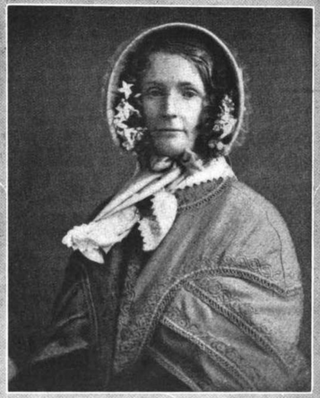
Maria Weston Chapman was an American abolitionist. She was elected to the executive committee of the American Anti-Slavery Society in 1839 and from 1839 until 1842, she served as editor of the anti-slavery journal The Non-Resistant.
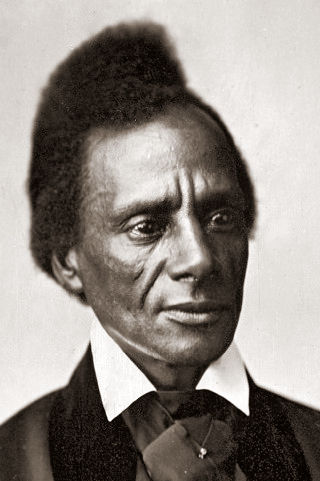
Charles Lenox Remond was an American orator, activist and abolitionist based in Massachusetts. He lectured against slavery across the Northeast, and in 1840 traveled to the British Isles on a tour with William Lloyd Garrison. During the American Civil War, he recruited blacks for the United States Colored Troops, helping staff the first two units sent from Massachusetts. From a large family of African-American entrepreneurs, he was the brother of Sarah Parker Remond, also a lecturer against slavery.
The Revolution was a newspaper established by women's rights activists Susan B. Anthony and Elizabeth Cady Stanton in New York City. It was published weekly between January 8, 1868, and February 17, 1872. With a combative style that matched its name, it primarily focused on women's rights, especially prohibiting discrimination against women's suffrage in the United States, and women's suffrage in general. It also covered other topics, such as politics, the labor movement, and finance. Anthony managed the business aspects of the paper, while Stanton was co-editor along with Parker Pillsbury, an abolitionist and a supporter of women's rights.

Sarah Parker Remond was an American lecturer, activist and abolitionist campaigner.
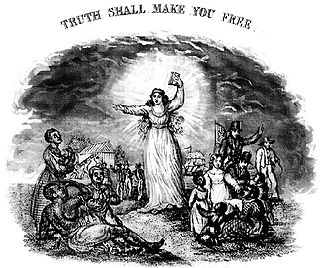
The Liberty Bell, by Friends of Freedom, was an annual abolitionist gift book, edited and published by Maria Weston Chapman, to be sold or gifted to participants in the National Anti-Slavery Bazaar organized by the Boston Female Anti-Slavery Society. Named after the symbol of the American Revolution, it was published nearly every year from 1839 to 1858.

George Bradburn was an American politician and Unitarian minister in Massachusetts known for his support for abolitionism and women's rights. He attended the 1840 conference on Anti-Slavery in London where he made a stand against the exclusion of female delegates. In 1843 he was with Frederick Douglass on a lecture tour in Indiana when they were attacked. Lydia Maria Child wrote with regard to his work on anti-slavery that he had " a high place among the tried and true."
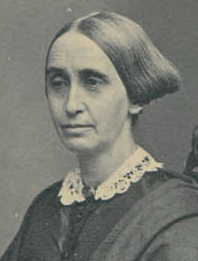
Mary Grew was an American abolitionist and suffragist whose career spanned nearly the entire 19th century. She was a leader of the Philadelphia Female Anti-Slavery Society and the Pennsylvania Anti-Slavery Society. She was one of eight women delegates who were denied their seats at the World Anti-Slavery Convention in 1840. An editor and journalist, she wrote for abolitionist newspapers and chronicled the work of Philadelphia's abolitionists over more than three decades. She was a gifted public orator at a time when it was still noteworthy for women to speak in public. Her obituary summarized her impact: "Her biography would be a history of all reforms in Pennsylvania for fifty years."

The Boston Female Anti-Slavery Society (1833–1840) was an abolitionist, interracial organization in Boston, Massachusetts, in the mid-19th century. "During its brief history ... it orchestrated three national women's conventions, organized a multistate petition campaign, sued southerners who brought slaves into Boston, and sponsored elaborate, profitable fundraisers."
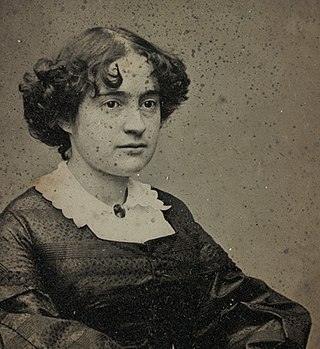
Martha "Mattie" Griffith Browne was an anti-slavery novelist and American suffragist.

The World Anti-Slavery Convention met for the first time at Exeter Hall in London, on 12–23 June 1840. It was organised by the British and Foreign Anti-Slavery Society, largely on the initiative of the English Quaker Joseph Sturge. The exclusion of women from the convention gave a great impetus to the women's suffrage movement in the United States.
Caroline Remond Putnam (1826–1908) was a prominent African-American businesswoman and abolitionist in Salem, Massachusetts. Along with two of her sisters, she owned and operated the largest wig factory in the state, making her mark on the growing field of hair-care products for African-American women.

Eliza Wigham, born Elizabeth Wigham, was a Scottish campaigner for women's suffrage, anti-slavery, peace and temperance in Edinburgh, Scotland. She was involved in several major campaigns to improve women's rights in 19th-century Britain, and has been noted as one of the leading citizens of Edinburgh. Her stepmother, Jane Smeal, was a leading activist in Glasgow and together they made the Edinburgh Ladies' Emancipation Society. Her brother John Richardson Wigham was a prominent lighthouse engineer.

The Ladies' London Emancipation Society was an activist abolitionist group founded in 1863, which disseminated anti-slavery material to advance British understanding of the Union cause in the American Civil War as one pertaining to morality rather than territory. This was said to be the first national anti-slavery society for women.
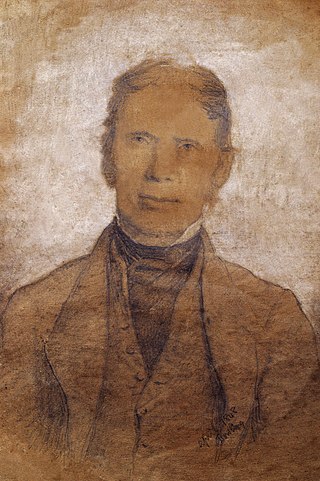
John Murray (1787–1849) was an abolitionist and social activist who served as Corresponding Secretary of the Glasgow Emancipation Society.
Amy Matilda Williams Cassey was an African American abolitionist, and was active with the Philadelphia Female Anti-Slavery Society. Cassey was a member of the group of elite African Americans who founded the Gilbert Lyceum, Philadelphia's first co-ed literary society. The society had more than forty registered members by the end of the first year.

The American Anti-Slavery Almanac was published yearly from 1836 to 1843 by the American Anti-Slavery Society, as one of the Society's efforts to raise awareness of the realities of slavery in nineteenth century America. The yearly almanac compiled calendars and astronomical data with anti-slavery literature, art, and advertisements. in a small, neat pamphlet. For instance, the 1843 edition included works from authors such as William Lloyd Garrison and Thomas Moore as well as accounts of recent slave rebellions and quotes from political speeches supporting the abolition of slavery. The almanac did not call for uprising or violence, but rather served as a means to spread the word about the anti-slavery cause.


















